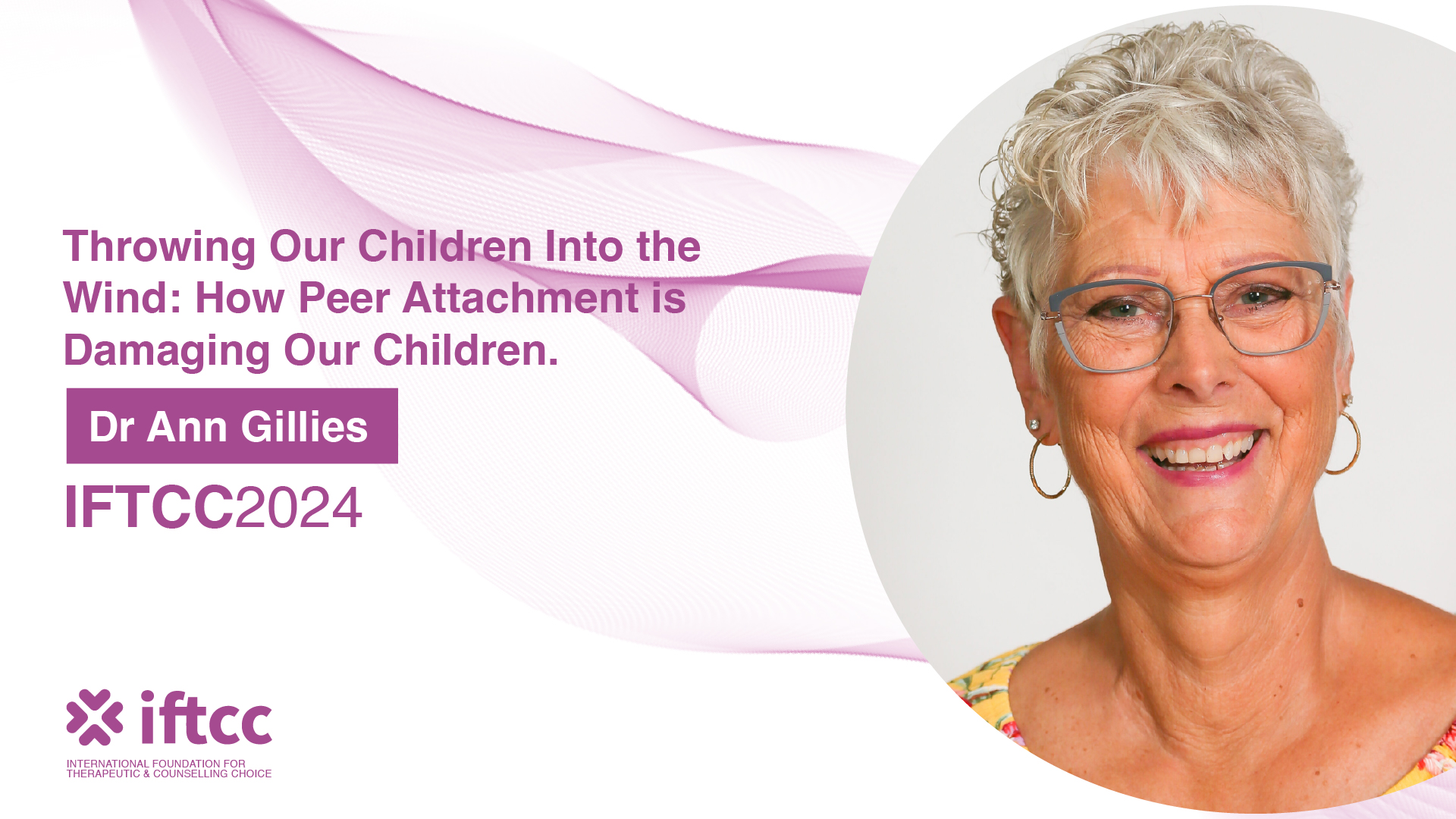
About Course
The presentation titled “Impact of Peer Attachment on Children” by Ann Gillies, Ph.D., explores the critical concept of peer attachment culture and its effects on child development. This comprehensive analysis delves into how children’s bonding with peers can significantly influence their emotional and social growth, often at the expense of traditional parental authority and attachment. Peer Attachment Culture is defined as the phenomenon where children, instead of seeking guidance and modeling from their parents, turn to their peers. This shift has led to a culture where peer influence replaces the essential role traditionally held by parents. This cultural change is starkly contrasted with the pre-World War II era when parental authority was paramount, and children’s attachments were primarily to adults. An overview of Attachment Theory helps in understanding these dynamics. This theory emphasizes the importance of a child’s relationship with their primary caregiver, known as the Attachment Figure. When caregivers are nearby, accessible, and attentive, children develop a secure attachment, leading to feelings of love, security, and confidence. However, when these conditions are unmet, it results in insecure attachment, which can cause various emotional and behavioral issues, such as difficulty regulating emotions, forming healthy relationships, and maintaining self-esteem. Attachment Voids occur when children do not form secure attachments with their caregivers. In a peer attachment culture, these voids are often filled by peers, leading to potentially problematic outcomes. The decline in parental influence, exacerbated by factors such as stress, time constraints, and the loss of extended family connections, has widened these attachment voids. This decline is also evident in educational and childcare settings, where the role of teachers and caregivers increasingly encroaches on that of parents, further eroding the natural bond between parent and child. The presentation also highlights the cultural misdirection that has occurred as a result of these shifts. Peers are not equipped to provide the emotional support, wisdom, and life experience that adults can offer. This misdirection leads to risky behaviors, emotional instability, and a generation that lacks the solid foundation of values and emotional stability that strong adult-child relationships provide. The role of digital influence, particularly through smartphones and social media, is also discussed. These technologies reinforce peer attachment by providing a platform for constant peer interaction, often leading to mental health issues such as anxiety, depression, and loneliness. The addictive nature of these platforms exacerbates the problem, making it difficult for children to form healthy, secure attachments with adults. The presentation concludes with a call to action for restoring parental attachment. It emphasizes the need to encourage activities that foster parental attachment from an early age, implement boundaries to mitigate the influence of peer attachment, and realign children to clear expectations that promote emotional closeness and healthy growth. This detailed and insightful examination of the detrimental effects of peer attachment culture on children, emphasizes the importance of restoring strong, secure parental attachments to support healthy child development.
Course Content
Content
-
Video Lesson
41:28

